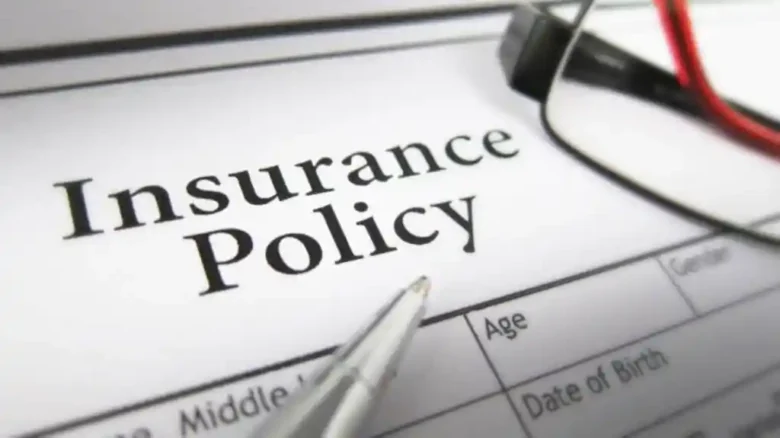Health insurance plays a vital role in safeguarding your health and finances. However, navigating the complex world of health insurance can be confusing—even overwhelming. With so many options and variables, it’s easy to make mistakes that can cost you significantly in the long run. Whether you’re buying insurance for the first time or re-evaluating your current plan, understanding the common pitfalls can help you make better, more informed choices. Here are the top seven health insurance mistakes you should avoid.
1. Choosing a Plan Based Solely on the Premium
The monthly premium is often the first thing people look at when comparing insurance plans. While it might seem smart to go for the lowest-cost option, this can backfire if the plan comes with high deductibles, co-pays, and limited coverage.
A low premium plan might work well if you’re young and healthy with minimal medical needs. But for anyone who visits doctors regularly, takes prescription medications, or anticipates medical procedures, these plans can lead to unexpected out-of-pocket costs.
What to do instead: Evaluate the plan’s total cost—this includes premiums, deductibles, copays, coinsurance, and the out-of-pocket maximum. A slightly higher monthly premium may actually save you more in the long run if it covers more services at lower personal cost.
2. Not Understanding What the Plan Covers
One of the biggest health insurance mistakes is assuming everything will be covered. Plans vary widely in what they offer, and it’s crucial to understand the details.
Many policies exclude certain treatments or limit the number of covered visits for services like physical therapy or mental health care. Some services require prior authorization, and failure to follow these rules could result in denied claims.
What to do instead: Carefully read the Summary of Benefits and Coverage (SBC). This document outlines what is and isn’t covered. Pay attention to limits, exclusions, and whether you need pre-approval for certain services.
3. Ignoring the Provider Network
Each health insurance plan has a network of approved doctors, hospitals, and specialists. Going outside this network can significantly increase your costs—or worse, the service may not be covered at all.
This mistake often happens when people choose a plan without checking whether their preferred providers are in-network. In emergencies, going out-of-network may be unavoidable, but for routine care, it’s better to stay in-network.
What to do instead: Always verify whether your primary care physician and other key providers are in the plan’s network. Most insurers offer an online provider directory—use it before making a final decision.
4. Overlooking Prescription Drug Coverage
Prescription drugs can be a major expense, especially if you require brand-name medications or multiple prescriptions. Some plans have a limited drug formulary and may not cover your medications.
Even when drugs are covered, there may be requirements like step therapy (trying a cheaper drug first), or prior authorization, which can delay access to medication.
What to do instead: Check the plan’s formulary—the list of covered drugs. Make sure your current prescriptions are included and note the tier they fall under, as this affects your copay. Also, find out if there are mail-order options or generic alternatives that could save you money.
5. Failing to Use Preventive Services
Most modern health plans include free preventive services under the Affordable Care Act. These include annual check-ups, vaccinations, cancer screenings, and other early-detection exams.
Ignoring preventive care is not only a waste of benefits you’re entitled to but can also lead to more severe health issues that could have been avoided or treated early.
What to do instead: Take full advantage of your preventive care benefits. Schedule annual physicals, routine screenings, and immunizations. Early detection can help you maintain better health and save you money on long-term treatments.
6. Missing Enrollment Deadlines
Each year, there is a specific window—called the Open Enrollment Period—during which you can enroll in or make changes to your health insurance. If you miss this window and don’t qualify for a Special Enrollment Period due to a qualifying life event (like job loss, marriage, or having a baby), you may be locked out of getting coverage for the year.
Many people either procrastinate or are unaware of the deadline until it’s too late.
What to do instead: Mark enrollment dates on your calendar and set reminders. If you get insurance through your employer, find out their specific enrollment period. If you’re self-employed or using a marketplace, know when your state’s exchange opens and closes.
7. Automatically Renewing Your Current Plan
It might seem convenient to just stick with your current plan year after year. However, plan costs, coverage, provider networks, and benefits can change annually. What worked last year may not be the best option this year.
Failing to review updates could mean higher premiums, discontinued drug coverage, or network changes that remove your preferred doctor.
What to do instead: Treat every Open Enrollment Period as a chance to re-evaluate your coverage. Compare new plans, read up on any changes to your current one, and see how it stacks up against the competition.
Final Thoughts
Health insurance is one of the most important investments you can make in your well-being. Avoiding these common mistakes ensures that your coverage actually serves you when you need it most. Take time to understand your options, compare plans wisely, and don’t hesitate to ask questions or seek expert advice.
Making smart choices now can save you from major financial and health-related headaches down the road. With a bit of research and planning, you can find a policy that fits your needs and your budget—keeping you both protected and empowered.




